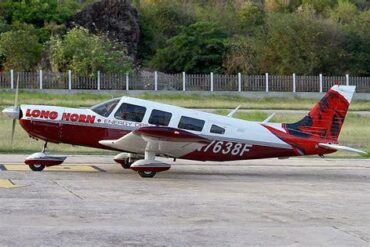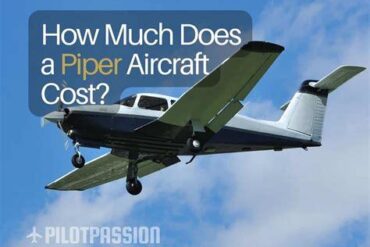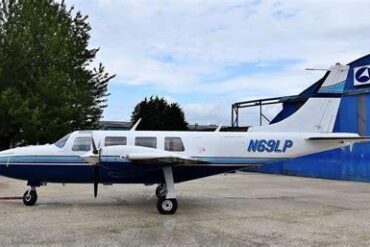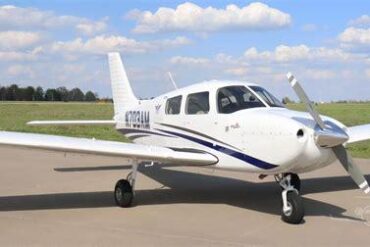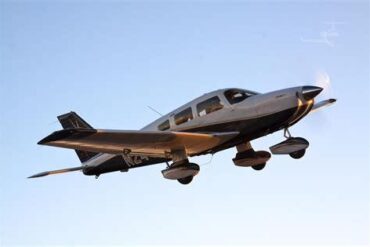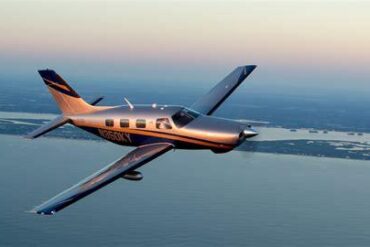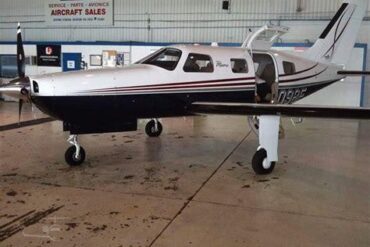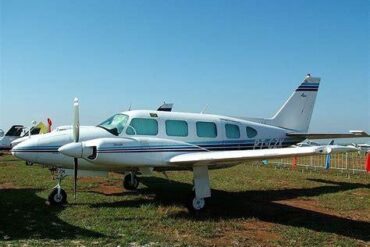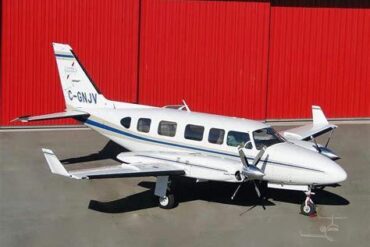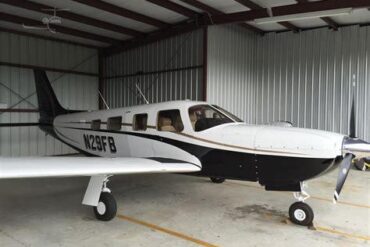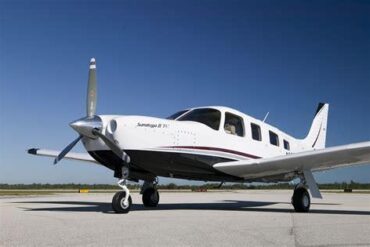The Piper Cherokee 140 is a popular light aircraft known for its reliability, ease of handling, and overall performance. For prospective buyers and current owners, understanding the price and operating costs is essential to making informed decisions. This article delves deep into the purchase price, operational expenses, and other financial considerations associated with the Piper Cherokee 140.
Overview of the Piper Cherokee 140
The Piper Cherokee 140 is a low-wing monoplane designed primarily for general aviation use. With its 140 horsepower engine, this aircraft is capable of cruising at speeds around 110 knots and has a range of approximately 500 nautical miles. Its spacious cabin and excellent visibility make it a favorite among flight schools and private pilots alike.
Key Specifications
-
Engine Type: Lycoming O-320-D3G
-
Horsepower: 140 HP
-
Max Speed: 110 knots (approximately 126 mph)
-
Range: 500 nautical miles
-
Cruise Speed: 100 knots (approximately 115 mph)
-
Seats: 4 (including the pilot)
-
Wingspan: 35 feet 9 inches
-
Length: 24 feet 4 inches
Purchase Price of the Piper Cherokee 140
The price of a Piper Cherokee 140 can vary significantly based on several factors, including the aircraft’s age, condition, and any upgrades or modifications it may have undergone. On average, the purchase price ranges from $25,000 to $65,000. Here’s a more detailed breakdown of what influences the pricing:
Factors Affecting the Purchase Price
-
Age and Condition:
-
Older models tend to be cheaper, but their condition can greatly affect price. Well-maintained aircraft can command higher prices, even if they are older.
-
Hours Flown:
-
Aircraft that have lower total flight hours often sell for more. The engine’s time since overhaul (TSO) is also a critical factor.
-
Modifications and Upgrades:
-
Aircraft with modern avionics, autopilot systems, or engine upgrades will typically be priced higher.
-
Paint and Interior:
-
A fresh paint job and a well-kept interior can also add to the price. Buyers are often willing to pay more for aesthetics.
-
Documentation and Maintenance Records:
-
A complete and well-documented maintenance history can enhance the value of the aircraft.
Market Trends
The used aircraft market has seen fluctuations in prices due to various economic factors, including supply and demand dynamics. In recent years, there has been an increase in demand for light aircraft as more pilots seek affordable flying options. As a result, prices have stabilized or even increased slightly in some regions. Keeping abreast of market trends through platforms like Barnstormers or Controller can provide potential buyers with valuable insights into pricing.
Operating Costs of the Piper Cherokee 140
Understanding the operating costs associated with the Piper Cherokee 140 is crucial for budgeting as a pilot or owner. The operational expenses typically include fuel, insurance, maintenance, hangar fees, and other variable costs.
1. Fuel Costs
The Piper Cherokee 140 consumes approximately 8 to 10 gallons of fuel per hour, depending on the flying conditions and pilot proficiency. Considering an average fuel price of $5.00 per gallon, the hourly fuel cost would range from $40 to $50. Here’s a breakdown:
-
Average Fuel Consumption: 8-10 gallons/hour
-
Average Fuel Price: $5.00/gallon
-
Hourly Fuel Cost: $40 – $50
2. Insurance Costs
Insurance is another significant expense for aircraft owners. The cost of insurance for a Piper Cherokee 140 typically ranges from $1,200 to $2,500 annually. The final price depends on factors such as:
-
Pilot Experience: More experienced pilots may benefit from lower rates.
-
Coverage Type: Basic liability coverage will be less expensive than comprehensive policies.
-
Aircraft Value: Higher valued aircraft generally incur higher insurance costs.
3. Maintenance Costs
Routine maintenance is crucial for keeping the Piper Cherokee 140 in top flying condition. Annual maintenance costs can vary widely but are typically around $1,500 to $3,000. Factors affecting maintenance costs include:
-
Routine Inspections: Annual inspections, which are required by the FAA, can cost between $1,000 and $1,500.
-
Engine Overhaul: The engine may require an overhaul after approximately 1,500 to 2,000 hours of flight time, costing between $20,000 and $30,000.
-
Parts and Repairs: The cost of parts and unexpected repairs can vary, so budgeting an additional $500 to $1,000 per year for maintenance is wise.
4. Hangar and Parking Fees
Hangar fees can differ based on location and airport type. Monthly hangar fees for a Piper Cherokee 140 can range from $150 to $400, depending on the facilities available and the airport’s location. Here’s a general view:
-
Rural Airports: $150 – $250/month
-
Urban Airports: $300 – $400/month
5. Miscellaneous Costs
In addition to the main operating costs, other expenses may arise:
-
Pilot Training and Checkouts: New pilots may incur costs for initial training and checkouts, generally between $1,000 and $3,000.
-
Navigation Tools and Charts: Keeping current with navigation tools and charts can add around $200 annually.
-
Communication Equipment: If upgrades to radios or other equipment are needed, these costs can vary significantly.
Calculating Total Annual Operating Costs
To provide a clearer picture of what it might cost to own and operate a Piper Cherokee 140 annually, we can estimate the total operating costs based on average figures:
| Expense | Monthly Cost | Annual Cost |
|---|---|---|
| Fuel | $200 – $300 | $2,400 – $3,600 |
| Insurance | $100 – $208 | $1,200 – $2,500 |
| Maintenance | $125 – $250 | $1,500 – $3,000 |
| Hangar Fees | $150 – $400 | $1,800 – $4,800 |
| Miscellaneous | $50 – $100 | $600 – $1,200 |
| Total Estimated Costs | $675 – $1,358 | $7,500 – $15,100 |
As seen in the table above, the estimated total annual operating costs for a Piper Cherokee 140 can range between $7,500 and $15,100. These figures highlight the importance of budgeting for all associated costs, ensuring pilots and owners can enjoy their flying experience without financial surprises.
Conclusion
The Piper Cherokee 140 remains a solid choice for aspiring pilots and seasoned aviators alike. Understanding the purchase price and ongoing operating costs allows potential owners to make informed decisions and enjoy the advantages of this reliable aircraft. With careful financial planning and diligent maintenance, the Piper Cherokee 140 can provide countless hours of enjoyable flying while remaining a cost-effective option in the general aviation market.

